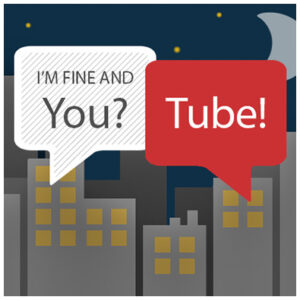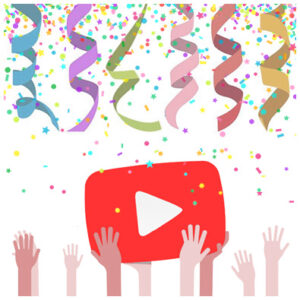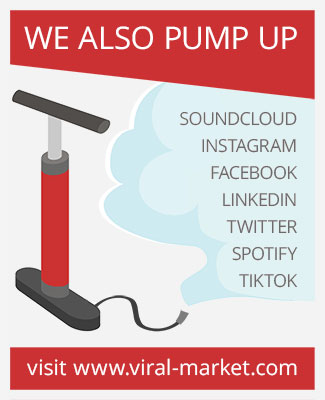YouTube, the popular video-sharing platform, has unveiled a groundbreaking feature that will revolutionize the online viewing experience. The feature, called Aloud, is an AI-powered tool that automatically dubs videos in multiple languages, aiming to break down language barriers and enhance the experience for creators and viewers. Developed as part of Google’s Area 120 incubator, Aloud empowers creators to effortlessly dub their videos into multiple languages, making knowledge and content more accessible.

Previously, accessing multilingual content on YouTube required subtitles or knowledge of the video’s original language. However, YouTube has introduced automatic dubbing to simplify the process, allowing users to choose their preferred language for video dubbing.
This feature utilizes cutting-edge technologies in speech recognition and voice synthesis to automatically transform the original audio track of a video into another language. Users can now enjoy video content without the need for subtitles or understanding the original language spoken in the video.
Transcribing, Translating, and Dubbing for a Global Audience
To use Aloud, creators first transcribe the video, enabling them to review and edit the transcription. The tool then seamlessly translates and dubs the video in the desired target language before publication. This feature is set to revolutionize dubbing for creators who previously faced complexity and cost challenges when dubbing in multiple languages.
Currently undergoing testing with hundreds of creators worldwide, Aloud supports a limited number of languages. However, YouTube has plans to expand the language options in the future. The initial launch includes English, Spanish, and Portuguese, with Hindi, Bahasa-Indonesian, and more languages to be added soon.
The development of automatic dubbing aims to provide greater accessibility to users worldwide, simplifying the consumption of multilingual content and democratizing information and culture.
YouTube is committed to enhancing the user experience by ensuring translated audio tracks match the creator’s voice and incorporating greater expressiveness into dubbed content. The platform also plans to introduce lip sync functionality for more natural videos, although these advanced features are scheduled for release next year.
Breaking Language Barriers: Aloud’s Impact on Content Creation
The integration of Aloud demonstrates YouTube’s dedication to leveraging AI to improve accessibility and enhance the viewing experience for users worldwide. This powerful tool allows creators to effortlessly connect with a global audience, while viewers can enjoy content in their preferred language without language barriers. YouTube’s ongoing journey of innovation holds promising advancements in AI-driven features for video content creation and consumption.
Moreover, automatic dubbing opens up new opportunities for content creators, enabling them to reach a broader global audience. By dubbing their videos in different languages, creators can overcome language barriers and connect with users worldwide.
However, automatic dubbing may pose challenges, such as translation accuracy and maintaining proper voice intonation. YouTube actively works on improving the quality of automatic dubbing through machine learning algorithms and user feedback.
A Future of Inclusive and Accessible Video Consumption
In conclusion, YouTube’s introduction of automatic dubbing marks a significant stride towards a more inclusive and accessible online viewing experience. Users can immerse themselves in a variety of multilingual content without linguistic barriers, while content creators can expand their global audience. The future of online video consumption looks promising, thanks to innovations like YouTube’s automatic dubbing.
Links and References
- YouTube expands AI auto-dubbing to hundreds of thousands of channels – Details on YouTube’s AI dubbing feature rollout, supported languages, and how creators can manage dubs.
- YouTube tests localized thumbnails for dubbed videos – Explains a new YouTube feature to upload language-specific thumbnails to improve international video reach.
- Kapwing’s guide to YouTube AI auto-dubbing – A practical overview of YouTube’s dubbing tool, supported languages, and enabling/disabling the feature in YouTube Studio.
- Reddit discussion on AI versatility in creative content – Community insights on AI’s creative applications, useful to understand broader AI content trends.
- Linguana: AI platform for YouTube video localization – Describes an AI-driven startup helping creators translate and localize content with human-reviewed dubbing and revenue sharing.
Consultant in communication and marketing, I support professionals and businesses in enhancing their online presence through tailored strategies.
With extensive experience in digital marketing, I focus on designing targeted social media campaigns and managing video promotion projects.
I conduct ongoing research on social networks, especially YouTube, analyzing its algorithms, user behavior, and content dynamics to inform effective practices.





















